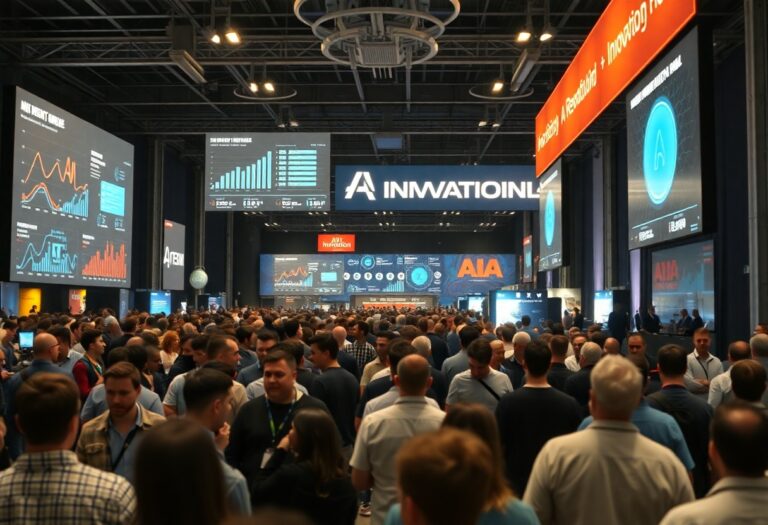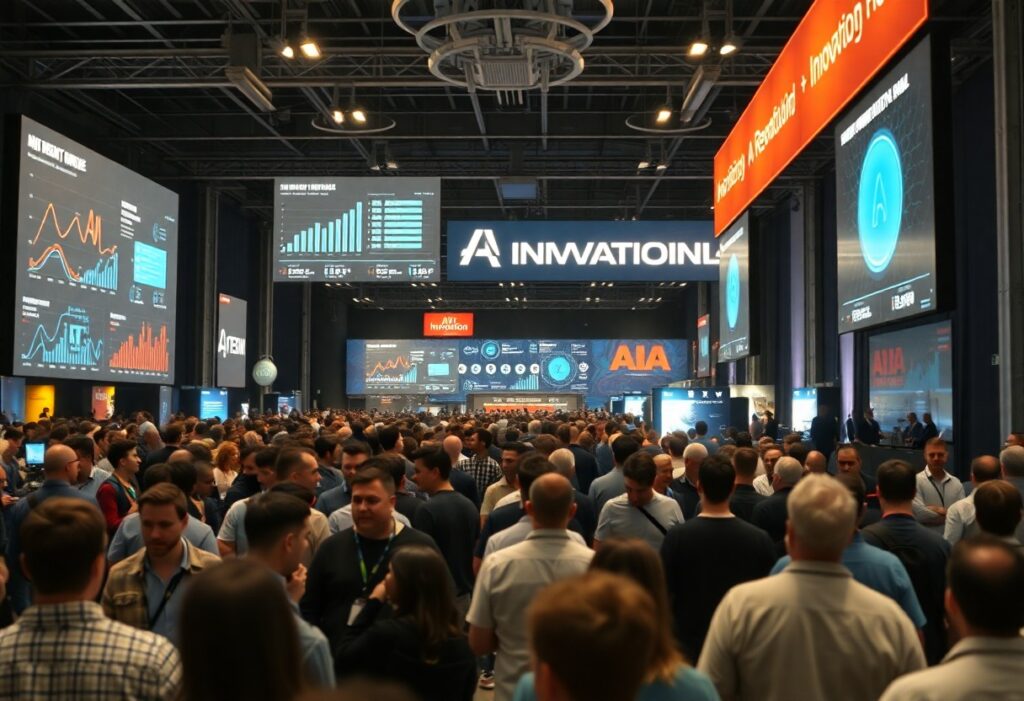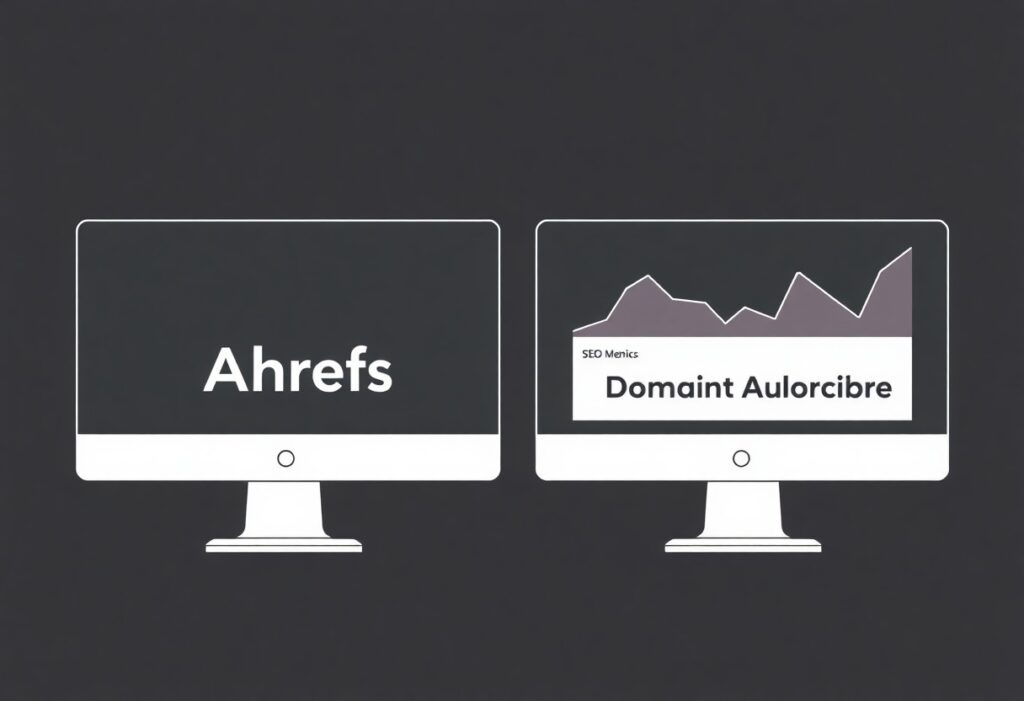Timeline shows that Artificial Intelligence technologies have evolved significantly over the past few decades, with their popularity surging particularly in recent years. You might find it surprising that while mainstream awareness began in the 2010s, 2023 marked a turning point when AI went mainstream in 2023. It was also the year we started … navigating the challenges and opportunities presented by this technology. The increase in accessibility and applications has spurred both excitement and concern, reshaping how we perceive AI in our daily lives.
Key Takeaways:
- 1950s-60s: The roots of AI popularity can be traced back to the early days of computing, with pioneers like Alan Turing introducing fundamental concepts.
- Expert Systems: The 1980s saw the rise of expert systems, which boosted AI’s visibility and practical applications in various industries.
- AI Winters: Periods of reduced funding and interest, known as AI winters, occurred in the late 1970s and late 1980s, impacting its popularity cyclically.
- Internet Era: The 1990s and early 2000s marked a resurgence in AI interest, fueled by advancements in computing power and the growth of the internet.
- Deep Learning: Breakthroughs in deep learning, particularly after 2012, propelled AI into the mainstream, showcasing its potential in areas like image and speech recognition.
- Big Data: The explosion of big data in the 2010s provided vast amounts of information for AI systems to analyze, significantly increasing their effectiveness and application.
- 2020s Popularity: AI became a household term, driven by applications like virtual assistants, recommendation systems, and advancements in natural language processing.
1. AI gained traction in the 1950s with early research.
2. 1980s expert systems sparked renewed interest in AI.
3. 1997, Deep Blue defeats chess champion Garry Kasparov.
4. 2010s saw breakthroughs in deep learning technologies.
5. AI applications expanded significantly with big data availability.
6. 2020s marked widespread adoption across various industries.
The Early Beginnings of Artificial Intelligence
The foundation of artificial intelligence was laid in the mid-20th century, setting the stage for revolutionary advancements in technology. During this period, researchers began to explore the computational capabilities of machines and their potential to mimic human intelligence.
The Birth of AI: 1950s and 1960s
Across the 1950s and 1960s, pioneering figures like Alan Turing and John McCarthy formulated ideas that would ignite the AI movement. Turing’s groundbreaking work on the Turing Test sought to evaluate a machine’s ability to exhibit intelligent behavior comparable to a human, while McCarthy’s 1956 Dartmouth Conference is often credited as the birthplace of AI as a formal discipline.
Key Concepts and Innovations in Early Artificial Intelligence
Across the initial years of AI development, several concepts emerged, such as machine learning, neural networks, and logic-based reasoning. These ideas laid the groundwork for more complex systems, including expert systems and natural language processing, which are fundamental in today’s AI applications.
Indeed, the early innovations introduced the principles of symbolic AI, enabling computers to engage in reasoning and problem-solving. Early programs, such as ELIZA, simulated conversations, showcasing the potential for machines to process language. You can appreciate how these explorations inspired modern advancements, as today’s AI still relies on these foundational concepts.
The Influence of Early Research on Modern Artificial Intelligence
Across the decades that followed, the research conducted in the early days of AI significantly influenced its contemporary iteration. The challenges faced by pioneers in the field sparked ongoing dialogues on the ethical implications and future directions of AI advancements.
Also, the impact of early research is evident in the techniques employed in today’s AI systems, where concepts such as machine learning algorithms and data-driven approaches owe their lineage to early explorations in AI. You can see how understanding this history allows you to grasp the trajectory of AI development and its profound implications for the future of technology and society.

The Rise of AI in the 1980s
There’s no denying that the 1980s played a significant role in shaping the landscape of artificial intelligence. As you investigate into this era, it’s necessary to grasp both the achievements and the hurdles faced by AI researchers and practitioners.
The AI Winter: Challenges and Setbacks
Setbacks in research funding and public interest led to what many refer to as the AI Winter. During this period, enthusiasm around AI significantly waned, primarily due to unmet expectations and the inability of early AI systems to perform complex tasks. This created skepticism among investors and stakeholders, resulting in a notable decline in financial backing.
Expert Systems: The First Successful Artificial Intelligence Applications
About this time, expert systems emerged as the first successful applications of AI technology. These systems were designed to mimic human decision-making within specific areas, such as medical diagnosis or financial forecasting, providing valuable insights and recommendations. By utilizing established knowledge from experts in various fields, these systems demonstrated how AI could yield practical and impactful outcomes.
Challenges arose in the development of expert systems due to their reliance on rigid rules and extensive human knowledge. However, they set the stage for advanced AI frameworks, as organizations recognized the importance of leveraging AI to enhance efficiency and decision-making. The advancement of expert systems illustrated that while challenges existed, the potential for AI applications was just beginning to surface.
Renewal of Interest: Government and Academic Initiatives
With organizations recognizing the value of AI, a renewed interest sparked in the late 1980s. Government funding and academic initiatives sought to invigorate research and exploration in artificial intelligence, leading to the development of new algorithms and methodologies.
Renewal efforts included interdisciplinary collaborations that aimed to expand the horizons of AI research. Government grants and university programs began focusing on areas like machine learning and natural language processing, creating a vibrant atmosphere for innovation. This resurgence not only attracted funding but also piqued your curiosity about the future possibilities of AI, ultimately laying the groundwork for the next wave of advancements.
Transition to the 21st Century
Now that we have traversed the earlier stages of AI development, it’s imperative to recognize how AI truly gained momentum as we transitioned into the 21st century. For a deep investigate the past, check out The birth of Artificial Intelligence (AI) research.
Breakthroughs in Algorithms and Computing Power
Between the late 1990s and early 2000s, significant advancements in algorithms and computing power emerged. Breakthroughs such as neural networks and deep learning allowed systems to analyze vast amounts of data efficiently. This increase in computational capacity paved the way for more sophisticated AI applications, enabling you to run complex algorithms that were once impractical.
The Role of the Internet in Artificial Intelligence Development
At the dawn of the 21st century, the Internet became a powerful enabler for AI technologies. Online platforms facilitated the rapid sharing of data, ideas, and collaborative research, which propelled the field forward.
Internet connectivity made it possible for researchers and developers to access and disseminate large datasets, which are fundamental for training AI models. You could now find numerous online resources, forums, and repositories that provided valuable tools and insights. As a result, AI research became more interconnected and faster-paced, allowing innovations to spread globally in a matter of days rather than years.
Major Companies and Their Contributions to Artificial Intelligence
Above all, major corporations began to recognize the potential of AI, pouring resources into research and development. Companies like Google, Microsoft, and IBM took the lead, pushing the boundaries of what was possible with AI.
Due to significant investments from these companies, AI technologies began infiltrating everyday applications, from search engines to personal assistants and beyond. Key contributors pioneered advancements in machine learning and natural language processing, which allow you to experience smarter services across various platforms. Their influence has been profound, showcasing both the positive possibilities and the challenges posed by AI advancements. As AI continues to evolve, you hold the opportunity to shape its future, balancing creativity with responsibility.
The Explosion of AI Technology: 2010s
Despite its long history, the 2010s marked a significant turning point for AI technology, leading to its surge in popularity. This decade saw rapid advancements that transformed AI from a niche area of research into a mainstream field that affects everyday life.
Machine Learning and Deep Learning Advancements
Among the most notable developments during this time were breakthroughs in machine learning and deep learning. These technologies enabled machines to learn from vast amounts of data, improving their accuracy and performance in tasks such as image and speech recognition.
The Impact of Big Data on Artificial Intelligence Popularity
After the proliferation of data from various sources, AI technologies began to gain immense traction. Companies were now able to leverage vast quantities of structured and unstructured data, leading to improved decision-making and innovative applications of AI.
Hence, the availability of Big Data played a pivotal role in AI’s rise, as it facilitated the training of complex algorithms. With more data at your disposal, you could train models faster and more effectively, leading to better insights and solutions across sectors. This data-driven approach catalyzed the deployment of AI in fields ranging from finance to healthcare.
AI in Everyday Life: Applications in Various Industries
After solidifying its foundation, AI began to permeate various industries, enhancing your daily experiences. From personal assistants like Siri and Alexa to advanced algorithms in healthcare diagnostics, AI applications became ubiquitous.
Even in the context of your everyday activities, AI is shaping how you interact with services. In retail, for example, AI algorithms personalize your shopping experience, recommending products you are likely to buy. In automotive industries, autonomous driving technology is being developed to enhance safety and mobility. You can see that AI is not just a buzzword; it is reshaping industries and your day-to-day life in significant ways.

Popular Culture and AI
All around you, artificial intelligence has woven its way into mainstream culture, influencing how you perceive this technology and its implications. From fascinating stories in films and literature to the rapid spread of AI awareness on social media, popular culture has played an instrumental role in shaping your understanding and expectations of AI. This chapter explores these vital interconnections.
AI in Films and Literature: Shaping Public Perception
Perception of AI is often influenced by its portrayal in films and literature, where it ranges from benevolent assistants to menacing overlords. These narratives capture your imagination and provoke thoughtful discussions about the ethical implications and potential realities of AI, often blurring the lines between fiction and reality.
Social Media and the Spread of Artificial Intelligence Awareness
Above all, social media has become a powerhouse for raising awareness about AI. You are likely to come across posts, articles, and discussions about AI developments, successes, and challenges on various platforms, creating an ever-evolving dialogue that keeps you informed and engaged.
Consequently, you find yourself more aware of AI’s capabilities and limitations, as social media not only disseminates information quickly but also encourages a global conversation. As debates and discussions unfold online, you’re invited to share your opinions and transform your understanding of AI technologies. This ongoing interaction can inspire you to explore how AI influences your life and the world around you.
The Influence of Artificial Intelligence on Consumer Technology Trends
To understand the trends in technology, you must consider how AI is driving innovation in consumer products. Companies are integrating AI into tools like virtual assistants and smart home devices, changing how you interact with technology every day.
At the forefront, AI’s presence in consumer technology trends serves to improve your user experience significantly. From personalized recommendations to enhanced security features, these advancements illustrate AI’s potential to add convenience to your everyday life. However, be aware that with rapid progress also arises the need for *thoughtful* consideration of the ethical implications, privacy challenges, and potential risks associated with widespread AI adoption.

Current Trends and Future Prospects
Keep an eye on the emerging trends as AI continues to shape various industries. The integration of AI into automation is creating a dynamic shift in employment landscapes, enhancing efficiency while posing unique challenges.
The Role of AI in Automation and Employment
About *AI-driven automation* is transforming traditional job roles, enabling you to do tasks more quickly and accurately. As technologies evolve, it’s necessary to adapt and embrace new skill sets to remain relevant in the workforce.
Ethical Considerations and Societal Impact
Against the rapid advancement of AI, you must consider the ethical implications it brings. From data privacy concerns to algorithmic biases, the societal impacts could have far-reaching effects on your daily life and the overall fairness of systems.
To understand the scope of *ethical implications*, it’s vital to reflect on how AI systems may inadvertently perpetuate bias and discrimination. Ensuring accountability in *AI development* is necessary to prevent exacerbating existing societal issues, placing a significant responsibility on developers, policymakers, and users like you.
The Next Frontier: Artificial Intelligence and Quantum Computing
On the horizon, the fusion of AI and quantum computing promises unprecedented advancements in problem-solving and data processing. This combination could revolutionize how you engage with technology and reshape various sectors.
Further exploring the *synergy between AI and quantum computing* reveals immense potential for breakthroughs in complex problem-solving, drug discovery, and climate modeling. As these technologies evolve, staying informed can empower you to harness the possibilities while being prepared for *new challenges* that may arise in the landscape of innovation.
Final Words
Hence, as you explore the evolution of artificial intelligence, it is clear that its surge in popularity began in the 2010s, driven by advancements in machine learning, increased computational power, and the availability of vast amounts of data. This transformation has not only reshaped various industries but also impacted your everyday life in countless ways. Understanding this timeline helps you appreciate the significance of AI in today’s world and its potential future applications.
FAQ
Q: When did AI first emerge as a concept?
A: The concept of artificial intelligence dates back to the mid-20th century, with significant milestones such as Alan Turing’s 1950 paper “Computing Machinery and Intelligence,” which introduced the idea of machines being able to think.
Q: What marked the beginning of AI’s popularity in the 1980s?
A: The introduction of expert systems in the 1980s played a key role in AI’s rise. These systems were designed to mimic human decision-making in specific domains, leading to increased interest and investment in AI technology.
Q: How did the advent of the internet impact AI popularity?
A: The widespread availability of the internet in the 1990s allowed for greater access to data, which is vital for training AI models. This accessibility fueled advancements in machine learning and broadened public awareness and interest in AI applications.
Q: What technological advancements contributed to AI’s surge in the 2000s?
A: The 2000s saw significant improvements in computing power, storage capabilities, and algorithms, especially in the field of machine learning. These advancements made it possible to process vast datasets effectively, leading to a resurgence in AI research and applications.
Q: When did AI become a household term?
A: AI gained widespread recognition and became a household term around the mid-2010s, largely due to breakthroughs in deep learning and its integration into everyday technologies such as smartphones, virtual assistants, and social media platforms.
Q: How has the COVID-19 pandemic influenced AI’s popularity?
A: The COVID-19 pandemic accelerated the adoption of AI technologies across various sectors, including healthcare, logistics, and remote work solutions. Organizations recognized AI’s potential to optimize processes and respond quickly to changing circumstances.
Q: What role do social media and popular culture play in AI’s visibility today?
A: Social media and popular culture have significantly increased AI’s visibility. Movies, TV shows, and online content often feature AI themes, while platforms like social media showcase real-life AI applications, fostering greater interest and discussion among the general public.

Sign Up for Free!
One-Click Fully Automated SEO.
Boost Rankings, and Increase Traffic.
Instantly Optimize Your Site.
- No Coding
- No Credit Card Required
- One Click Setup













